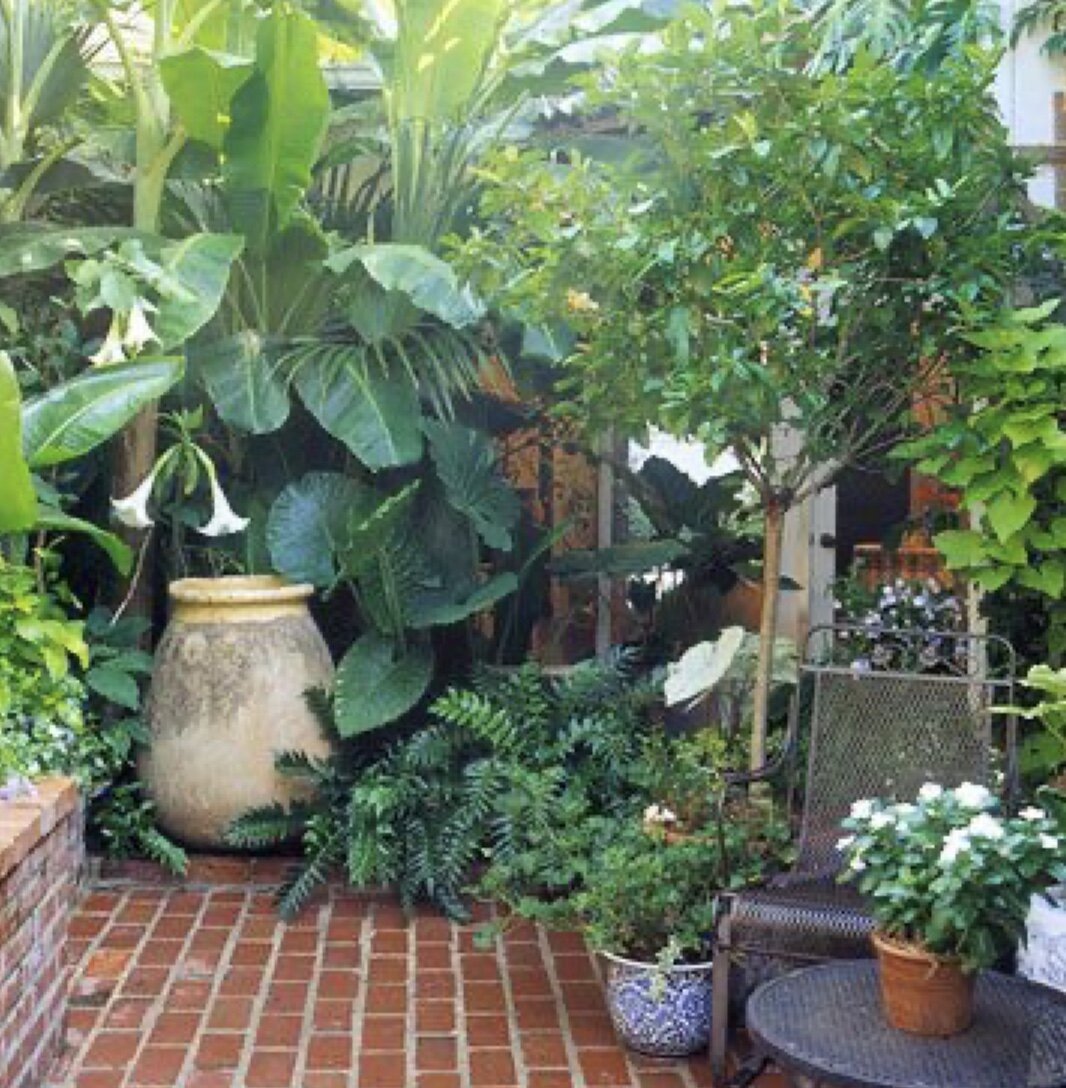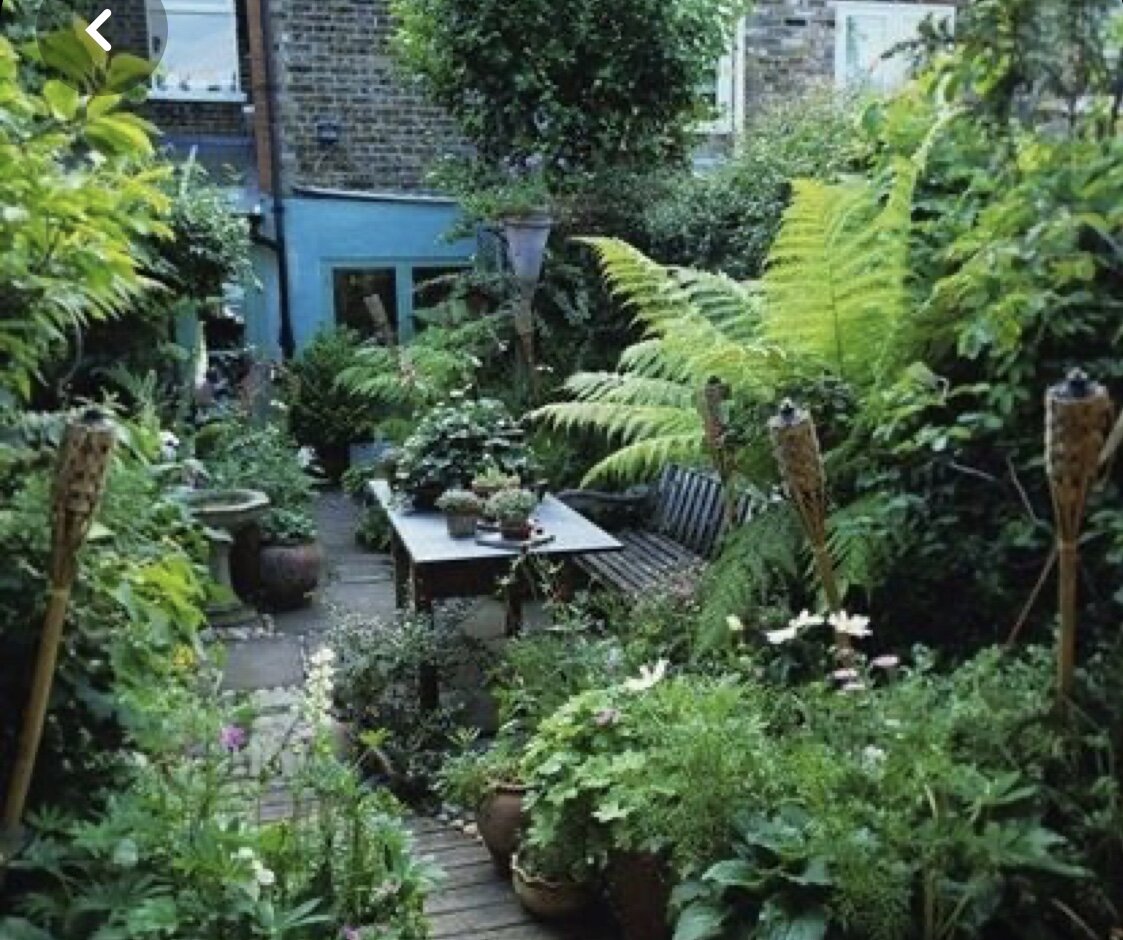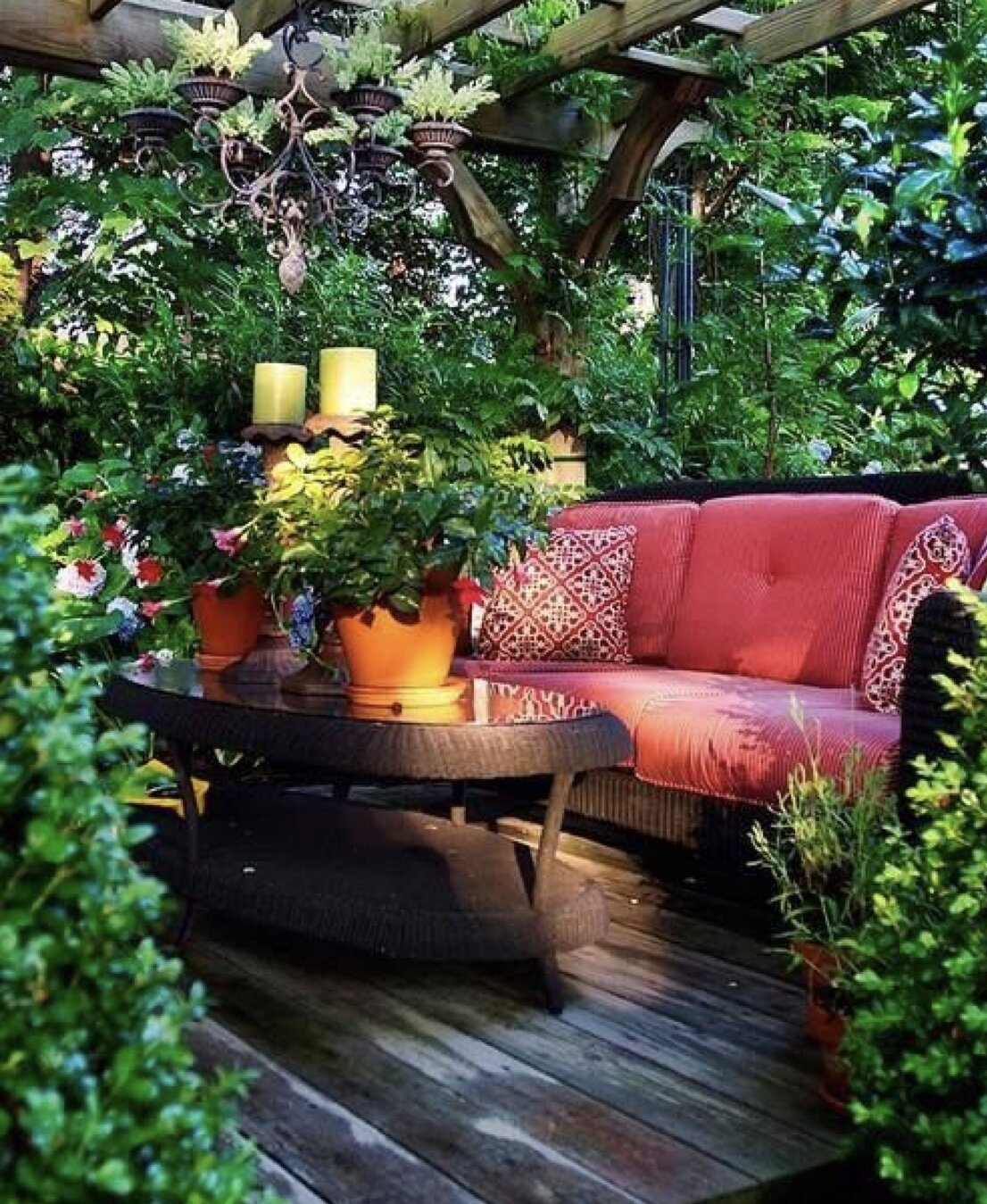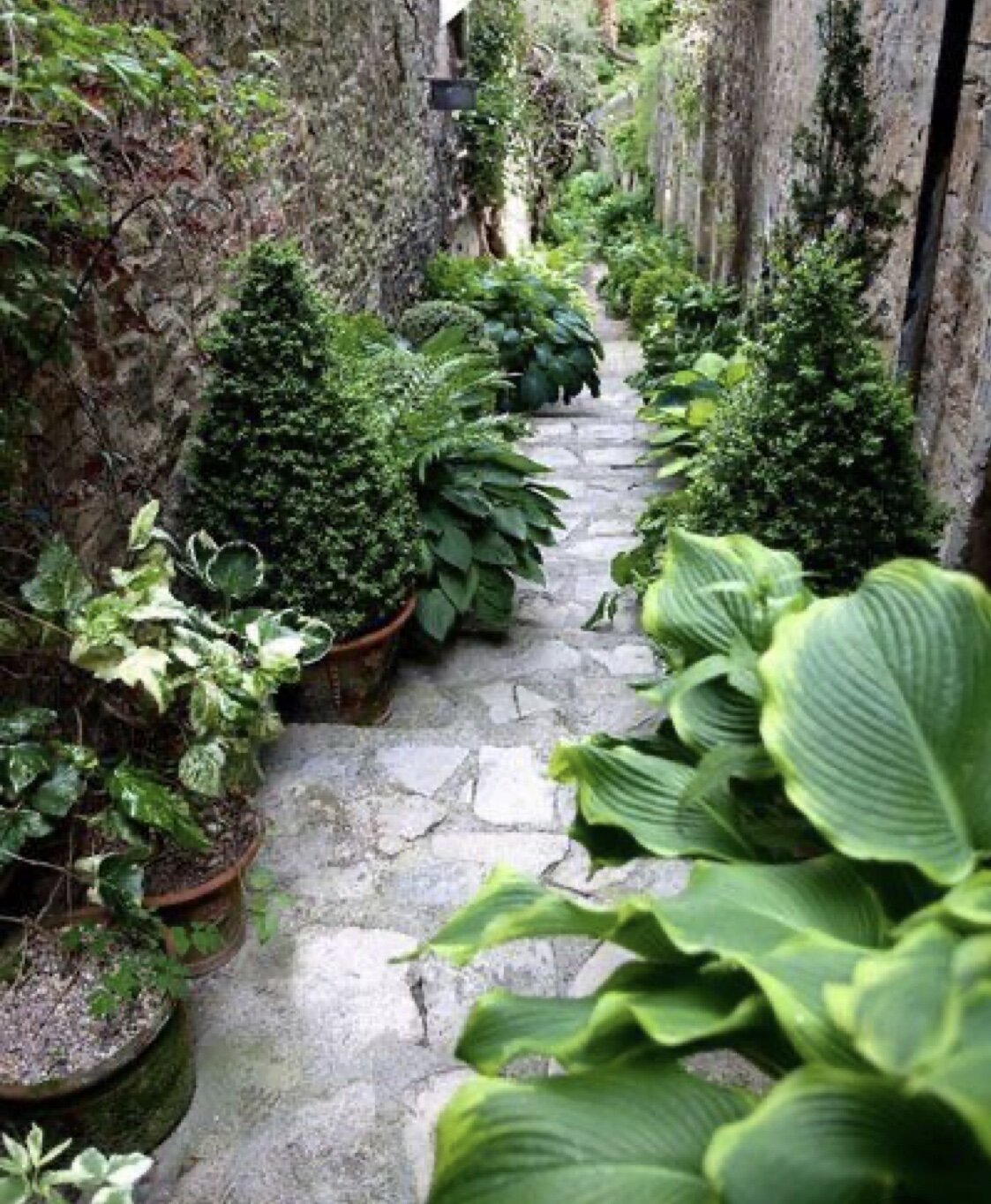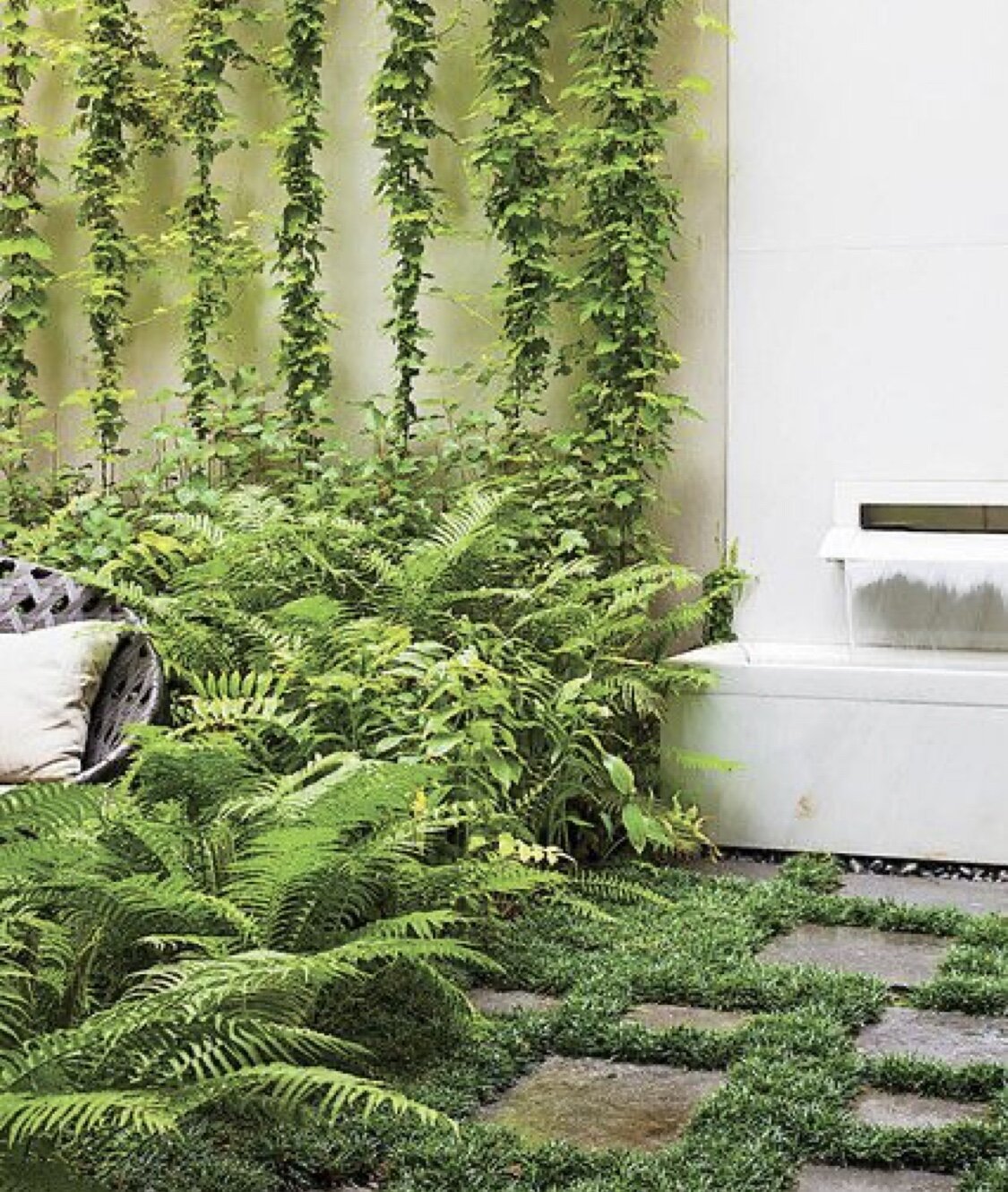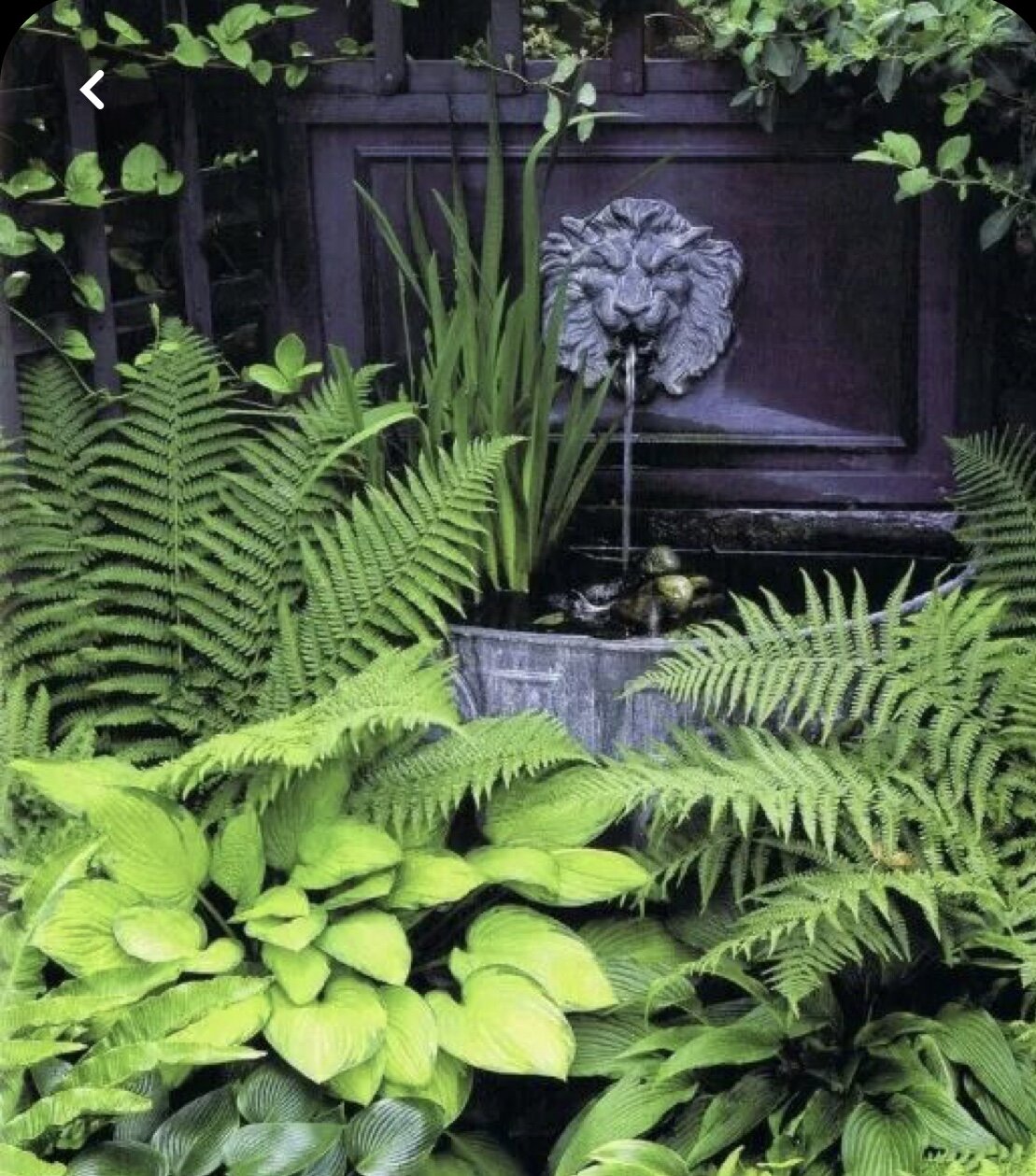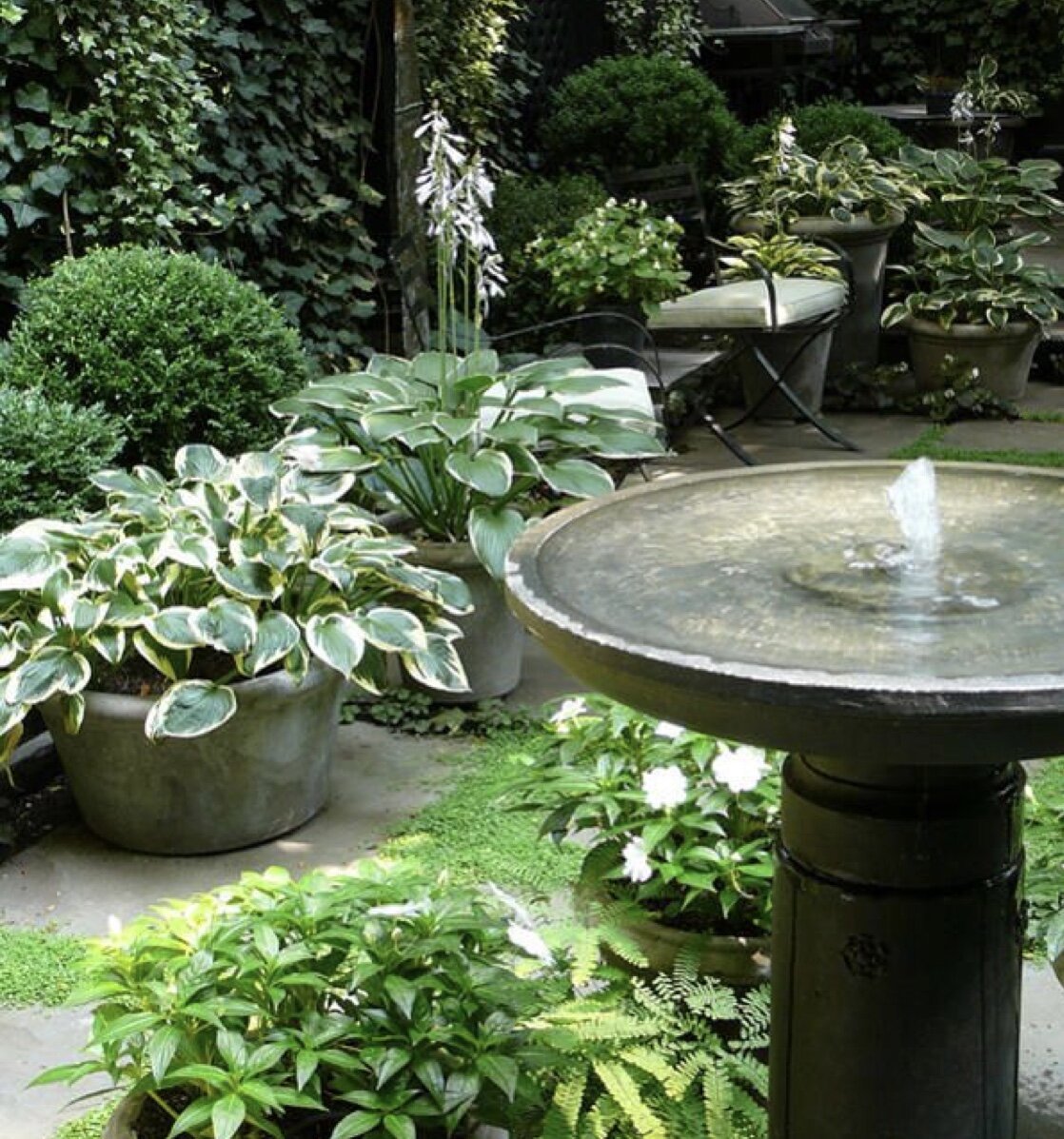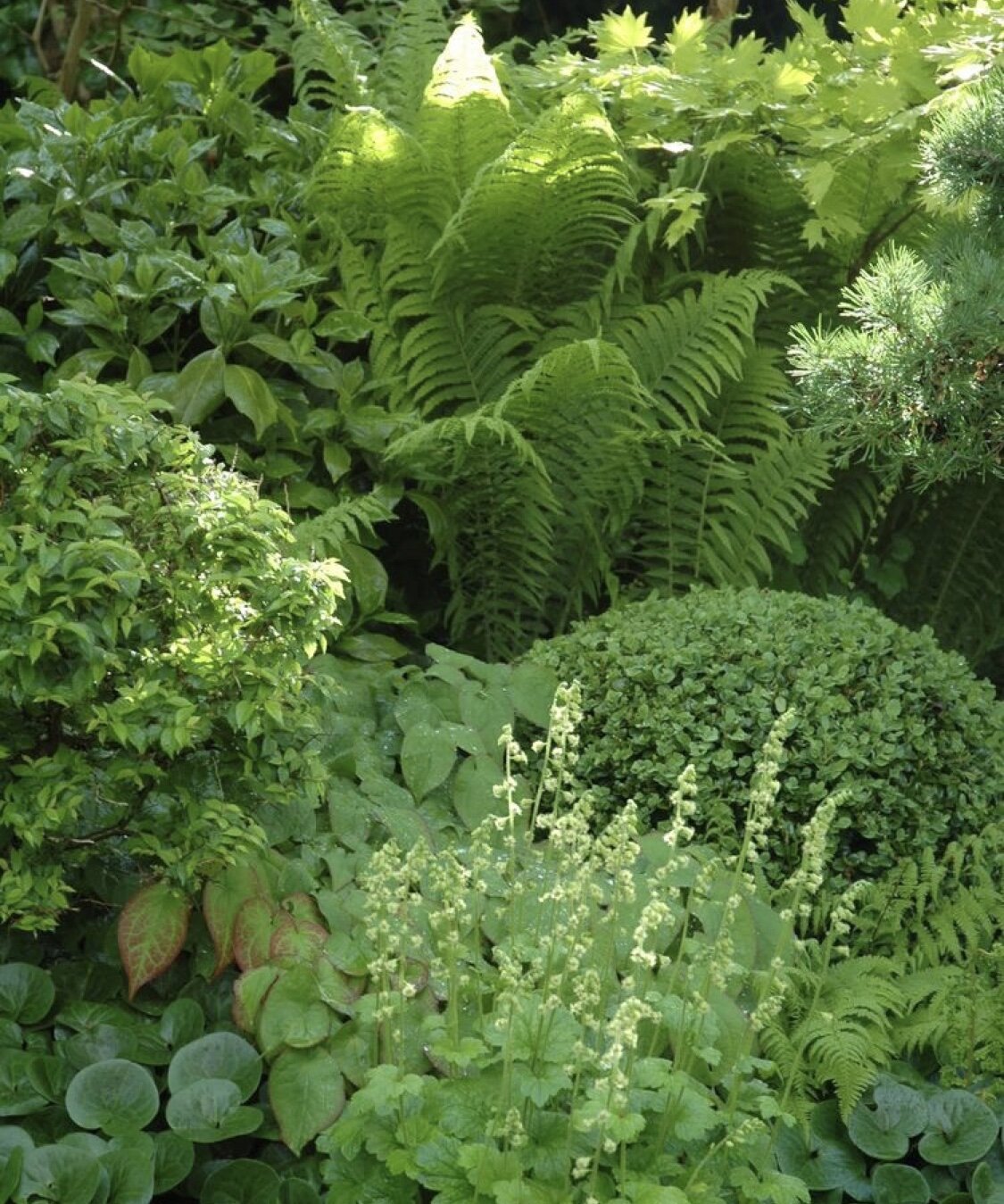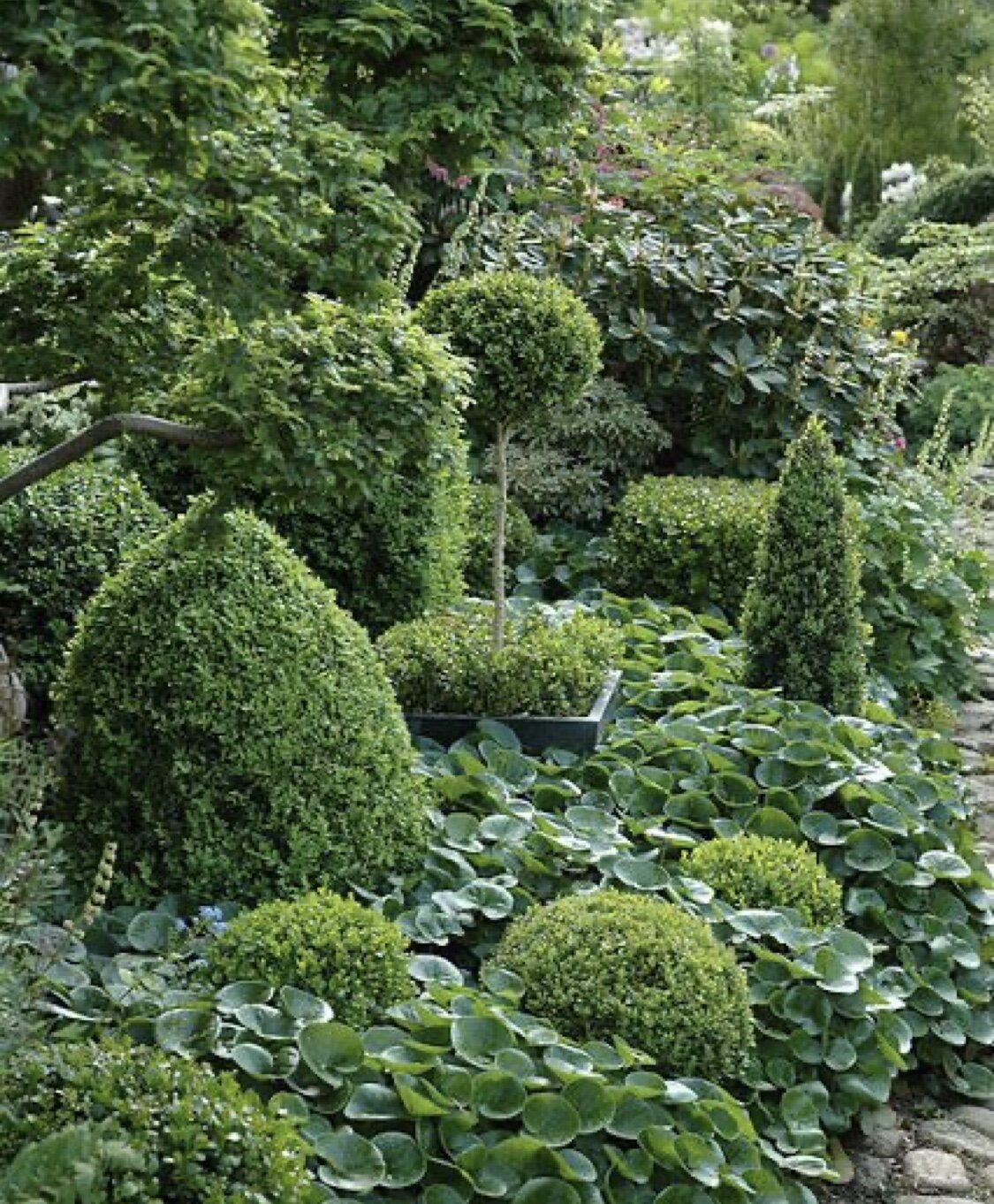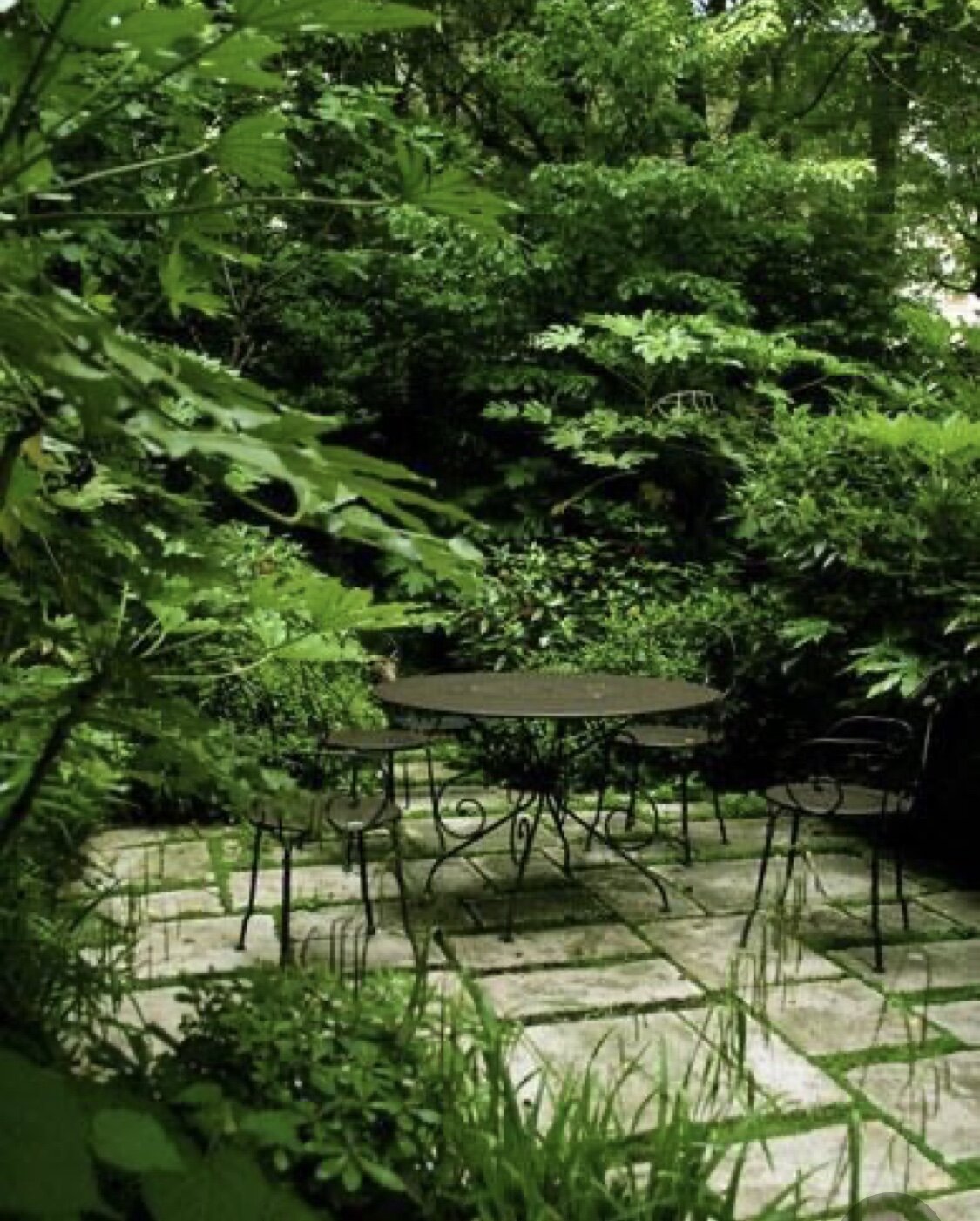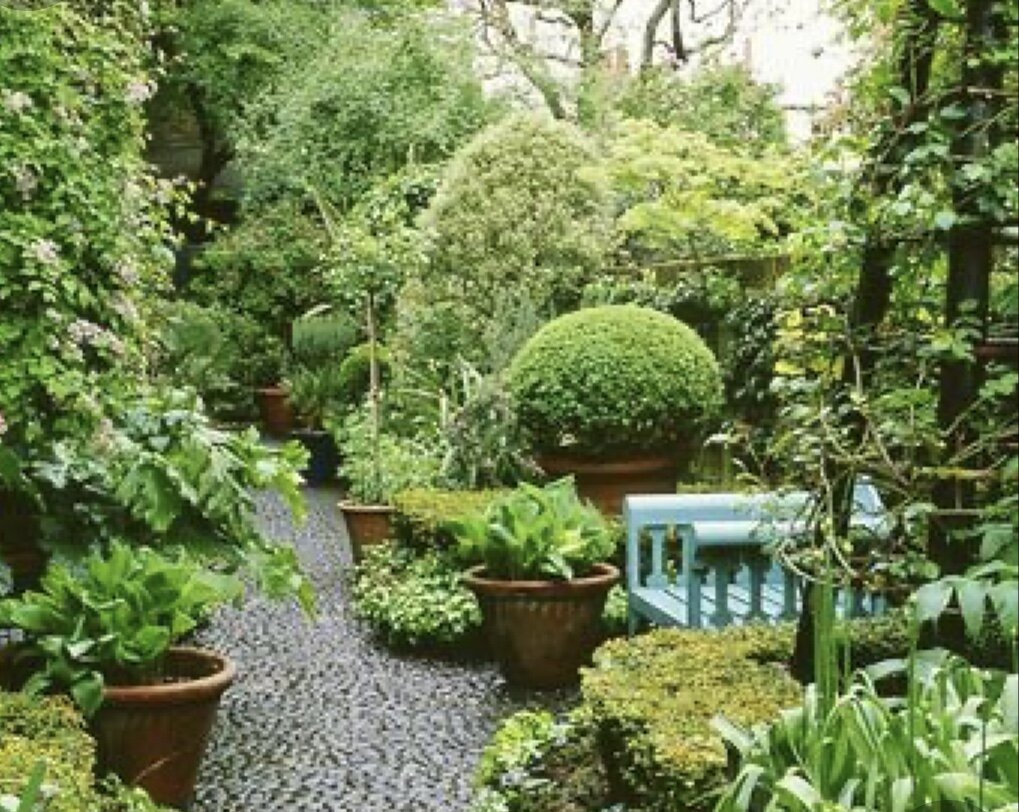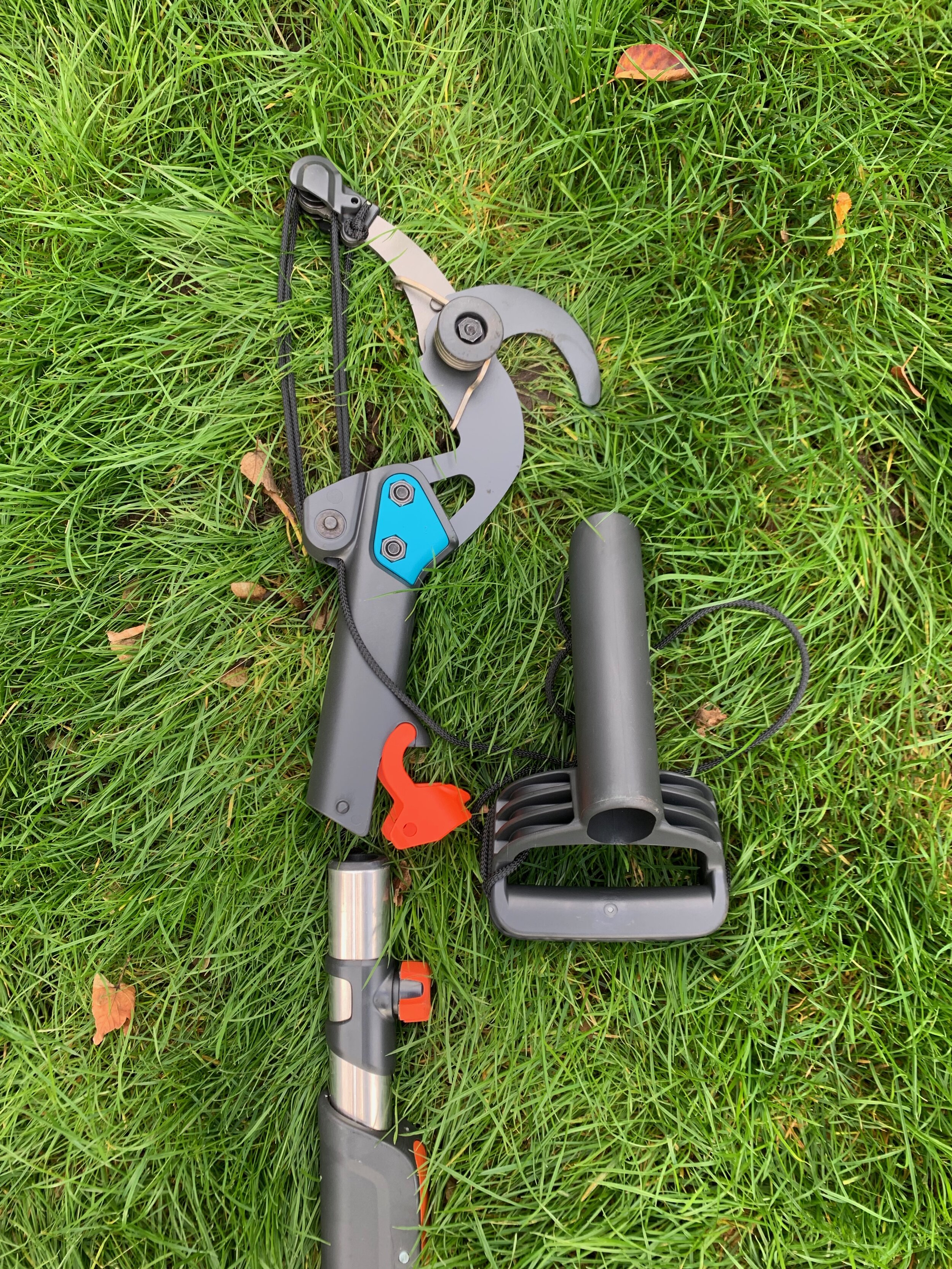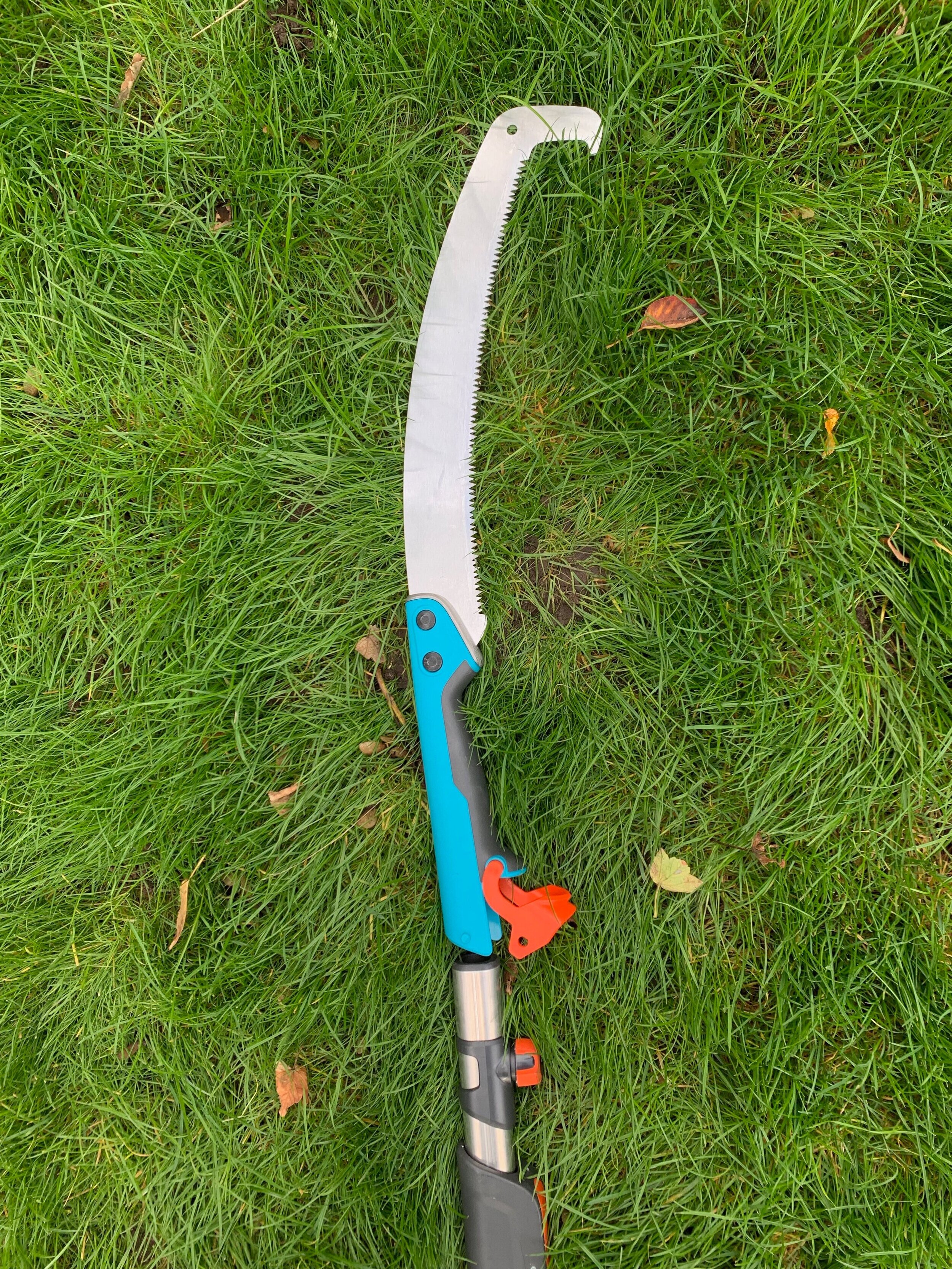First up, I think I should probably tell you that this won’t be about Cleve’s beautiful gardens - to find out lots about them, listen to the podcast we did together.
Secondly, learning about a very different way of life is a process, and we’re all at different stages of that process. The essential component when learning about something new is to listen with an open heart, and think hard before you jump in with counter-arguments, about where those strong feelings come from. If you find saying defensive stuff, or resorting to humour, recognise that and ask yourself why.
So with that said, and before I talk about this book, here is where I am with veganism.
The answer is that if I were alone with no dependents, I would most probably be pretty far down the vegan path. I’m a grazer and I don’t like thinking about what to eat or cook. My favourite food is marmite on toast and (GASP!) I’m totally fine with margarine.
It wasn’t always like this though. This attitude is, ironically, the PRODUCT of being a mother, having to cook varied and exciting meals (constantly in lockdown) for three children and a Rotter, each of whom have…well, let’s call them FOODIE PROCLIVITIES shall we?
I used to love preparing and thinking about food. I used to spend hours baking and decorating and creating the perfect this, that or whatever. I learned to cook properly at Ballymaloe, so I have a good, if basic understanding of food. But it’s all become a total chore now. I have lost the passion I once had for creating elaborate feasts, because I HAVE to cook, day in, day out. It’s boring, and I’d prefer to be doing other things.
This brings me rather clumsily to the reason why we still have meat and dairy in our fridge; because these are things that are easy to prepare, that I know my children and husband will eat, without a fuss, so I can get on with the rest of my life. It might be a bit pathetic, but it’s the truth.
I understand that there will be lots of people who hate the idea of veganism for whatever reason. I am not one of those people; I’m reasonably convinced that in the case for veganism, the numbers stack up (i.e. that if we all stopped consuming animal products, we’d reduce global warming significantly and that most of us would become healthier in the process. I’m also cognisant that for some (including myself actually) a fully vegan diet doesn’t seem to add up to optimal health - I can easily do without meat and fish, I find it difficult to feel good, long term without the odd egg. Furthermore I’m painfully aware of the plethora of disadvantaged humans for whom cheap meat is the ONLY source of available food, along with the multitude of other humans whose livelihoods depend on the meat and dairy industries; that I come at this from a privileged space. I am aware.
I’ve tried Veganuary multiple times and found it pretty easy. It’s been the milk in my morning tea that has always had me in its grasp; I’ve found that I’ve had to give up tea altogether, which is a bit much in the winter time. It’s my comforting crutch you see, and without it I am pulled to all sorts of other things, as well as always feeling that my day, such as it is, hasn’t really BEGUN until I’ve had a cup of tea. So the milk in my tea has stayed, and then the exhaustion and boredom of having to put something together for myself, whilst my children eat philadelphia on toast is sometimes just too much, and I just eat what they’re eating…you get the picture.
I read Cleve’s book in a weekend. It is incredibly palatable, and thankfully not full of gory details (although there are, naturally, some pretty horrifying bits). It is an exhaustive introduction to anything you might want to know about veganism. Every statistic, from how much methane farting cows produce worldwide, to how much plant protein it takes to create the same amount of animal protein, to how much B12 a person actually needs is fully researched and set down here. More crucially, every argument against veganism is calmly and carefully set out and dealt with.
The interesting thing to me though, is the fact that these things still need addressing. I mean, obviously they do, because most of us are still, as a species, obsessed with the idea that we need to eat animals (certain, very unlucky animals) and their milk in various forms. But reading this book I am flabbergasted as to WHY. The numbers themselves, quite apart from the reality of the brutality that goes into making sure we get a supply of cheap animal product to eat - speak for themselves.
It’s ok, because Cleve addresses this question as well, and as with so many things, the answer lies with our human brains, and the fact that we don’t like change, and are easily persuaded, via tradition, that because we have been doing something (animal agriculture) for many years…because our grandparents and great-grandparents and their ancestors did it, AND HEY! THEY WERE GOOD PEOPLE! - because it’s normal to us, that this makes it OK. This book jolts you out of those calm lapping waters. Just because it’s been going on for centuries, that doesn’t make it right. Just because it is considered ‘normal’….
like slavery - slavery was once considered ‘normal’
and women not having a vote - that was once considered ‘normal’
oh, and sending kids down mines - that was once considered ‘normal’
You see what he’s getting at here…
Are you going to be the guy who ignores all that, laughing at the vegans with their knitted yoghurt, or will you get angry with them, tell them that it’s all very well for them, because they are privileged and ABLE to be vegan…are you going to be the guy who buries his head in the sand? Or will you listen to a viewpoint, weigh up the evidence, and take action based on your conclusions?
I’ve been sitting in the middle for a long time…telling myself that there MUST be a way to source ethically reared, HUMANELY killed meat and fish, oh, and milk that could somehow be SHARED with a calf or two like certain homesteaders I follow on social media (whom I really believe have achieved this magical thing) Gosh it would be so lovely, wouldn’t it, if we could get ethically reared, HUMANELY killed meat, but we would all have to be super-charged, rare-as-hen’s-teeth homesteaders like them to do that, and darlings, we are WAAAAY past that point. There are just too many of us. Dreaming of this utopian world (along with navigating the muddied waters of the ‘privilege’ argument) has done me a great service - it has allowed me to procrastinate, to DO NOTHING.
And what has this all to do with gardening? Well, the answer is absolutely EVERYTHING actually. To be a gardener and say that you care about the environment, to go all warm and fuzzy over the beauty of your plants and the birds tweeting and the fact that bees are using your specially erected bee hotel, and then to go and buy animal products to eat is, says the author, well, A BIT BONKERS REALLY. This cognitive dissonance, which sees us financing the planet’s biggest polluter whilst at the same time saying that we care deeply about our earth and its wildlife is perfectly illustrated with the question “Why would you eat a cow when you’d never eat a dog?” It makes you think doesn’t it…makes you think for a while, and then go back to you chicken dinner. Humans really hate change.
So yes, actually, gardening has everything (and more) to do with veganism, and Cleve has a point when he asserts that it is perhaps we gardeners who should be the first to embrace change, to listen with open ears and hearts (because listening to vegan arguments is confronting and difficult…it makes you feel squirmy and horrid doesn’t it, to hear about the realities behind the food that we eat…it’s awful to think that even the expensive stuff…the ‘grass fed’ and the ‘free range’ isn’t something we’d wish on our worst enemy, and is a label that’s just been slapped on the carton to make us feel good about our choices…it’s a bit nasty to feel like ones choices aren’t really ones own, that in reality, the multi-billion pound meat and dairy industries are doing everything in their power to keep us consuming their products, and that includes the subtlest and cleverest advertising out there (exactly the same way the sugar industry infiltrates the brains of our children). No, it’s not a nice thing to think about, but does that mean that we shouldn’t?
Suffice to say, I’m back on my vegan journey. This will be nowhere near enough for Cleve, who, (like the multitudes of black and brown humans who not only have to deal with racism, but are also tasked with the exhausting business of EDUCATING others about it for little or no reward), would, in his inimitable way, politely and humbly request that I go much, much further.
The Garden of Vegan: How Plants Can Save the Animals, the Planet, and Our Health by Cleve West is published by Pimpernel Press at £13.99









































